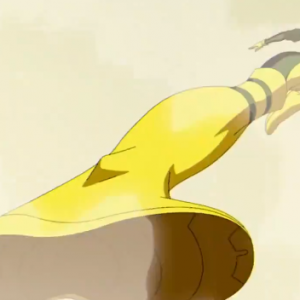One of the most memorable scenes from Tolkien’s The Lord of the Rings and Peter Jackson’s movie adaptation is the Fellowship’s brutal journey through the abandoned, once great Dwarven city of Moria.
From Gandalf’s puzzle-solve to open the West Gate to the Fellowship’s dramatic battle against a cave troll in Balin’s Tomb, from Gandalf’s dramatic last stand against the Balrog to the Fellowship’s last-ditch escape through the East Gate, Moria has cemented itself in the hearts and minds of Tolkien fans the world over as an iconic location within Middle-earth.
Upcoming crafting and survival game The Lord of the Rings: Return to Moria, which is set in the Fourth Age (70 years after the destruction of the ring), revolves around the dwarves themselves and their bid to reclaim their lost home following a call to arms by Gimli himself.
The game’s version of Moria is enormous, and includes all the landmarks you’d expect and where you’d expect them to be. Procedurally-generated environments fill in the spaces between the likes of the Endless Stair, the Crossroads, the Chamber of Mazarbul, and Durin’s Bridge, allowing for the sheer scale suggested by the books and films to be realised in video game form.
Speaking to IGN in an interview at gamescom 2023, Free Range Games game director Jon-Paul Dumont said internal testing had timed a Fellowship run at over two hours of real time, depending on how things go with those pesky orcs, and how well equipped the player — or players — are.
When you start Return to Moria, you can’t simply walk from the Doors of Durin (West Gate) to the Dimrill Gate (East Gate). A mysterious force blocks the dwarves’ progress. As you play through the story, you learn the nature of this force and how to counteract it, unlocking the ability to break through these progression blockers.
Once you’ve done that, Return to Moria turns into a sandbox, letting the dwarves go anywhere. It’s at this point that the player can decide to run back to the beginning of the game, which takes place at the Doors of Durin and attempt a Fellowship Moria run.
Just like in The Lord of the Rings, in Return to Moria orcs are a constant threat, and are attracted to sound. So any run may be slowed by orc attacks, forcing the player to stand and fight or flee. There’s also the nature of the procedural generation, which adds variance to each playthrough. And the crafting and survival mechanics upon which the game is based means you need to manage your progress carefully.
Dumont teased the possibility of adding a ‘Fellowship Mode’ to Return to Moria, which would challenge players to recreate the journey specifically. As it is, recreating the Fellowship’s adventure in Moria acts as a sort of historical tour. You’ll see where Gandalf was, for example. But to get out you’ll need to rebuild Durin’s Bridge, which Gandalf so spectacularly destroyed in his bid to hold off the Balrog.
Internal tests show around two hours to travel from one gate to the other, but that’s only if “you’ve beaten everything and you’re super powerful and you can just walk”, Dumont said. It will take the majority of players longer.
Return to Moria players will no doubt gather together to try the Fellowship run soon after the game comes out on October 24. Eight-player co-op is possible on PC from launch, while on PlayStation 5 it’s four-player.
Wesley is the UK News Editor for IGN. Find him on Twitter at @wyp100. You can reach Wesley at [email protected] or confidentially at [email protected].























